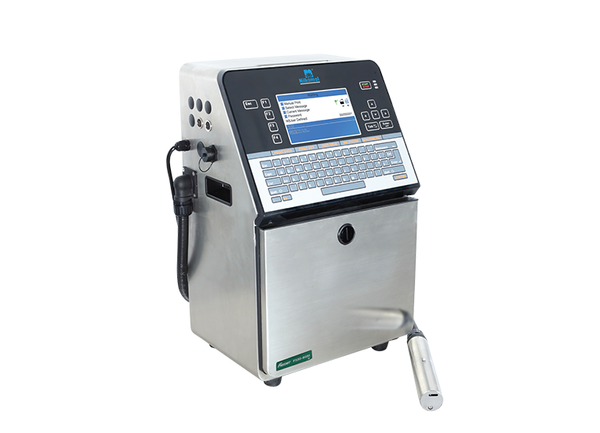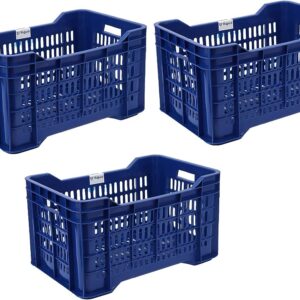The specifications for injection molding plastic pallets can vary depending on the specific requirements and intended use. However, I can provide you with a general set of specifications that are commonly associated with injection-molded plastic pallets:
Material:
- Common materials include high-density polyethylene (HDPE) or polypropylene (PP) due to their durability, impact resistance, and ability to withstand various environmental conditions.
. Molding Process
- Injection molding is the preferred process for manufacturing plastic pallets. It involves melting plastic pellets and injecting the molten material into a mold cavity.
Dimensions:
- Standard pallet sizes include 48 x 40 inches (1200 x 1000 mm), but sizes can vary based on regional standards and specific customer requirements
Weight Capacity:
- The weight capacity of plastic pallets depends on factors such as design, material thickness, and reinforcement. Standard pallets typically support loads ranging from 1,000 to 4,000 pounds or more.
- Pallets may include features like anti-slip surfaces, reinforced corners, chamfered edges, and open or closed deck designs. The design should facilitate easy handling with forklifts or pallet jacks.
Static and Dynamic Load Capacity:
- Static load capacity refers to the maximum weight a pallet can support when stationary, while dynamic load capacity is the maximum weight it can support while in motion (e.g., being moved by a forklift).
Racking Load Capacity:
- Some pallets are designed for use in racking systems. The racking load capacity indicates the maximum weight the pallet can safely support when placed in a rack.
Temperature Resistance:
- Plastic pallets should be designed to withstand a range of temperatures, including freezing conditions and high-temperature environments.
Chemical Resistance:
- Plastic pallets may be required to resist damage or degradation when exposed to various chemicals, oils, or solvents.
- Color Options:
- Pallets can be manufactured in various colors, although blue and black are common choices. The color may impact factors such as UV resistance and aesthetics.
- Recyclability:
- Consideration for environmental impact and recyclability is essential. Many plastic pallets are recyclable, and the material used should be clearly identified for recycling purposes.
- Compliance and Certification:
- Plastic pallets may need to comply with industry standards and regulations. Certification from organizations such as the International Organization for Standardization (ISO) or local regulatory bodies may be required.



















Reviews
There are no reviews yet.